Chain Bridge

It was the first permanent bridge over the Danube. Budapest owes its construction to Earl István Széchenyi, “the greatest Hungarian”. Architect William Clark and his namesake Adam Clark supervised the construction works; the bridge was finally completed in 1849. It became one of the symbols of Budapest.
Buda Castle
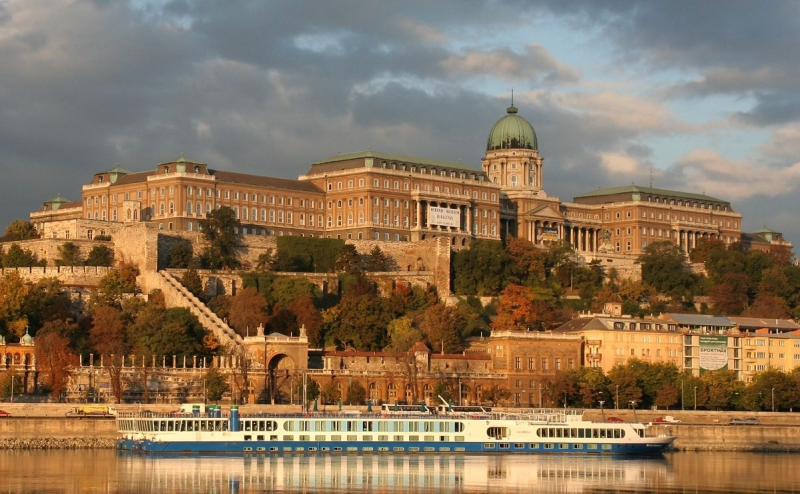
The name Buda Castle covers more than a castle or the Royal Palace in the capital city; it extends to the historical quarter as well which is full of sites. It is a compact medieval town with picturesque houses, gas lamps and beautiful monuments. The most exciting way of getting to the Castle is to take the Funicular, which is a little cable car.
Matthias Church

This was the coronation church of Hungarian kings since King Matthias. The records of 1247 first mention this church as the main church of Buda Castle. The originally French building in early Gothic style has been consistently enlarged and rebuilt over the centuries. When the Turks occupied Buda they converted the church into a mosque, whitewashing - and thus preserving - its medieval frescos. In addition to the usual biblical scenes, its frescos relate the most important events in Hungary's history. The magnificent acoustics make it a popular concert venue.
Fishermen’s Bastion

It was completed in 1905 on the site of a former fisch market - this is where the name comes from. It has never served a defensive purpose, although it is an excellent lookout place. The cityscape opening up from there, including the Fishermen's Bastion has been part of UNESCO's World Heritage since 1988. The Fishermen’s Bastion has become one of the capital’s landmarks, offering a panoramic view of Pest.
The House of Parliament

After long discussion the construction of Parliament began in 1885 according to plans by Imre Steindl. It is one of Europe’s most splendid Parliament buildings. At the same time it is a dominant sight and symbol of Budapest and the Danube panorama. The neo-Gothic palace is 268 m long and its dome is 96 m high. The Hungarian Crown Jewels are placed there since 2000.
Spas in Budapest
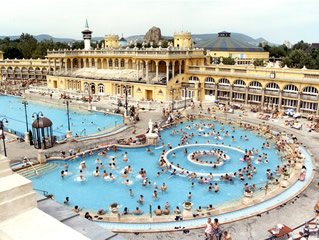
Budapest gained its reputation as a city of spas. The most well known spas are: Gellért Thermal Spa and Széchenyi Thermal Spa. Gellért Thermal Spa is a covered pool, with hot spring baths, sun terraces, wave bath and medicinal treatments. Széchenyi Thermal Spa is one of the largest bathing complexes in all Europe. There are indoor medicinal baths and the outdoor pools as well.
The Opera House
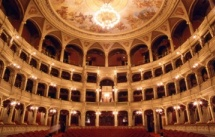
It is one of the most beautiful opera houses in the world. The opening performance of the Opera House was held in 1884 after nine years of construction. The staircase and the auditorium of the palace, designed by one of the best architects of those days Miklós Ybl, are decorated with frescos of eminent Hungarian painters. The first director was Ferenc Erkel, Gustav Mahler held this post for several years, and Puccini directed the premiere of two of his operas here. It is still one of the best opera houses in Europe.
St. Stephen’s Basilica

Though Budapest’s biggest cathedral is not a basilica in the architectural sense of tradition and the authority bestowed by the Pope has earned it this denotation. Its construction was begun in the neo-Classic style but later modified by Miklós Ybl according to architectural models from the Italian Renaissance.
Heroes’ Square
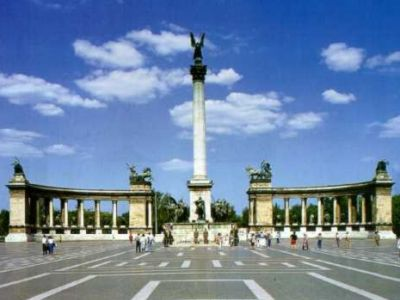
It is situated at the end of Budapest’s most beautiful avenue (Andrássy Street), with City Park right behind. Each part of the monument represents an important section of the Hungarian history. In the focus of the semicircular colonnade stands the bronze statue of Archangel Gabriel on a 36-meter-high column, which was awarded a Grand Prix at the Paris World Exposition in 1900. According to an old Hungarian legend, the angel appeared in the dreams of first Hungarian king Saint Stephen and gave him the holy crown.
Vajdahunyad Castle
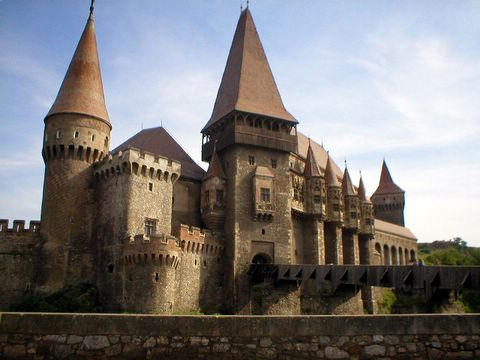
Vajdahunyad Castle originally was made of wood and cardboard. It was built for the city’s millennium exhibition in 1896. Its aim was to give the visitor an insight into Hungary's architectural past. The castle is a true representation of a thousand years of Hungarian architecture in one single monument. Today Vajdahunyad Castle is the home of the Hungarian Agricultural Museum.
The Gellért Hill
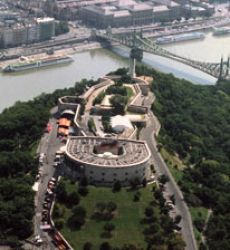
The Gellért Hill offers a peerless panorama of the entire city. Up to the end of the nineteenth century this was the limit of the town of Buda, and the hill served as an outpost and fortress of Buda Castle. At the top of the hill there is the Liberation Monument. It represents a female figure holding the palm of victory.

Follow us